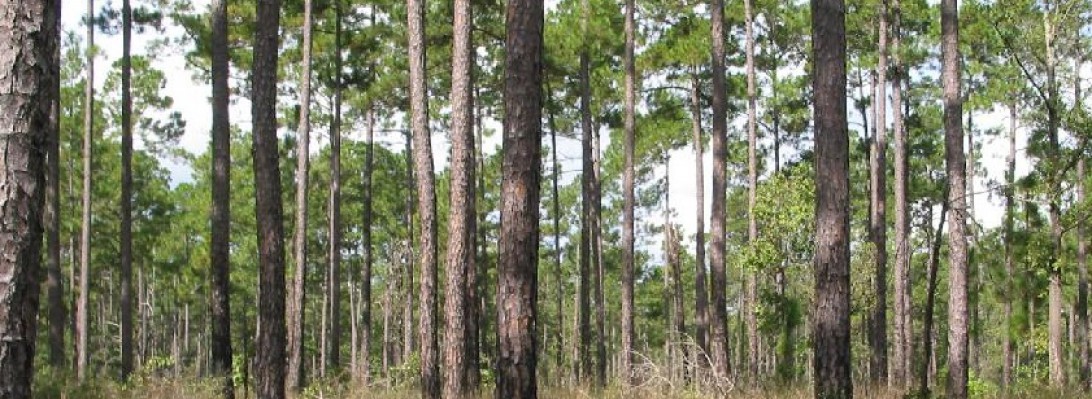
NAMING
Scientific Name: Aesculus pavia
Family: Hippocastanaceae
Common: red buckeye
HABITAT
Native
Habitat: Near rivers and streams, higher up on flood plains
Range: East TX -> N. FL -> NC
TREE TRUNK
Size: 25-30ft tall
Bark: Smooth, thin, light grey
Twigs: armed, long petiole, single terminal bud imbricate, axillary buds – huge and distinctive
LEAVES
Leaf arrangement: opposite
Leaf type: palmate compound
Leaf margin: serrate
Leaf shape: elliptic
Leaf blade length: 2 to 8 inches long
Leaf venation: pinnate
Leaf color: green
Leaf persistence: deciduous
REPRODUCTION
Flowers: showy, red, tubular
Fruit: capsule fruit, large seed inside
USES
Wildlife – flowers for pollinators
Commercial – no timber quality, used as an ornamental
TOLERANCES
Fire – Low
Drought – Med
Flood – Mod
Salt – No











